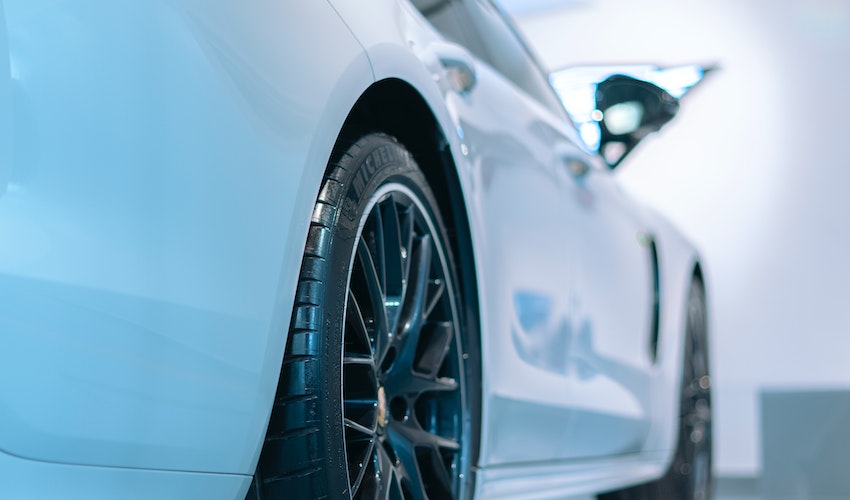As the Chinese EV market continues to heat up, many new players have entered the fray, hoping to capture a slice of the growing pie. One of these players, Ideal Automobile, was once considered a shining star in the industry, with a successful IPO and a profitable business model. However, recent financial troubles have cast doubt on the company’s future, and some are questioning whether Ideal’s reliance on outdated product development methods may be to blame.
In the early days of its journey, Ideal embraced the Minimum Viable Product (MVP) concept, an innovative approach to product development that emphasizes speed and experimentation. This approach allowed Ideal to quickly iterate on its products and test the waters, resulting in the successful launch of its flagship model, the Ideal ONE. However, after a successful IPO and a steady stream of funding, Ideal appears to have lost its way, abandoning the MVP approach in favor of a more traditional, IPD-based product development process.
While IPD, or Integrated Product Development, has been a staple of product development for decades, many experts believe that it is an outdated and inflexible method that is ill-suited to the fast-paced, ever-changing world of the EV industry. By relying on a fixed product development process, companies like Ideal are limiting their ability to adapt to changing market conditions and customer needs, which can lead to missed opportunities and lost market share.
This is precisely what appears to be happening at Ideal. By prioritizing profitability over innovation and investment in R&D, Ideal has fallen behind its competitors in key areas such as self-developed technology and production capacity. While Nio, for example, has invested heavily in developing its own technology and expanding its production facilities, Ideal has relied on third-party suppliers for many of its key components and has failed to keep up with demand for its products.
The recent decision to stop producing the Ideal ONE model, which was developed using the IPD process, has further exacerbated the company’s troubles. Not only has this decision led to a loss of revenue, but it has also damaged the company’s reputation among its customer base, who accuse Ideal of engaging in deceptive sales practices and false advertising.
At a time when the EV industry is becoming increasingly competitive, companies like Ideal cannot afford to rest on their laurels or rely on outdated product development methods. To remain competitive, companies must be willing to invest in R&D, production facilities, and supply chain support, and must be willing to embrace new, more flexible approaches to product development.
In conclusion, Ideal Automobile’s recent financial troubles serve as a cautionary tale for other companies in the EV industry. By abandoning innovative approaches to product development in favor of outdated methods, companies risk falling behind their competitors and losing market share. To remain competitive in the dynamic and fast-paced world of the EV industry, companies must be willing to adapt and invest in the long-term success of their business.
For further reading, please see: 字母榜

